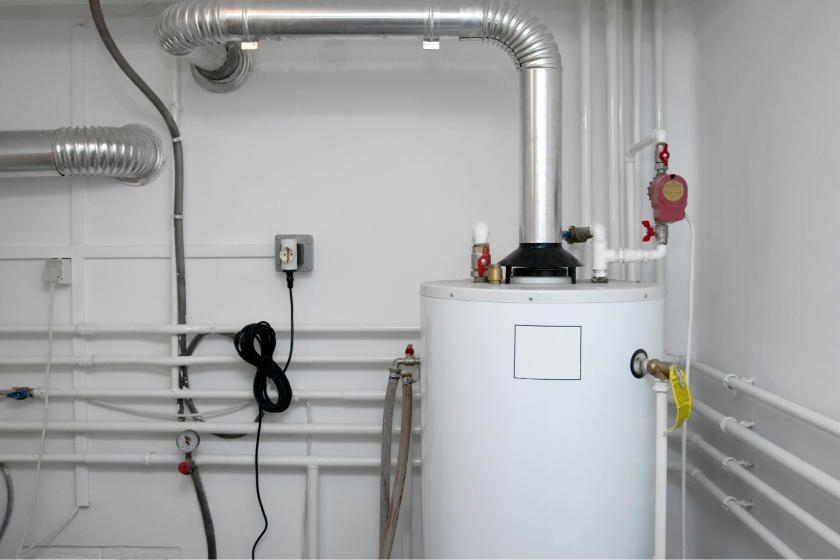We've found the article involving Tips on Maintaining a Water Heater below on the internet and think it made perfect sense to share it with you in this article.

Hot water is necessary for everyday convenience, whether it's for a rejuvenating shower or cleaning meals. To guarantee your hot water system runs successfully and lasts much longer, regular upkeep is key. This post provides functional tips and understandings on exactly how to preserve your home's warm water system to avoid disturbances and costly repair services.
Introduction
Keeping your home's hot water system may appear difficult, yet with a few basic steps, you can ensure it operates efficiently for years to find. This overview covers everything from comprehending your hot water system to DIY upkeep pointers and knowing when to employ specialist help.
Value of Maintaining Your Warm Water System
Normal maintenance not just expands the lifespan of your warm water system but additionally ensures it runs successfully. Overlooking upkeep can result in reduced effectiveness, greater power bills, and even early failing of the system.
Indications Your Warm Water System Needs Maintenance
Knowing when your warm water system requires attention can stop major concerns. Watch out for indications such as inconsistent water temperature, unusual noises from the heater, or rusty water.
Comprehending Your Warm Water System
Prior to diving right into maintenance tasks, it's helpful to understand the basic components of your hot water system. Usually, this consists of the water heater itself, pipelines, anode poles, and temperature level controls.
Month-to-month Upkeep Tasks
Routine regular monthly checks can assist capture small problems prior to they intensify.
Flushing the Water Heater
Flushing your water heater removes debris buildup, improving performance and extending its life.
Monitoring and Replacing Anode Rods
Anode poles stop deterioration inside the container. Evaluating and replacing them when worn out is critical.
Inspecting and Adjusting Temperature Level Setups
Readjusting the temperature level setups makes certain optimal performance and safety.
Do It Yourself Tips for Upkeep
You can carry out a number of maintenance jobs yourself to maintain your warm water system in top problem.
Looking for Leakages
On a regular basis inspect pipelines and connections for leakages, as these can bring about water damage and higher costs.
Checking Stress Alleviation Valves
Checking the stress relief valve guarantees it functions correctly and prevents too much stress build-up.
Shielding Pipes
Shielding warm water pipelines lowers heat loss and can conserve energy.
When to Call an Expert
While DIY maintenance is useful, some problems call for professional know-how.
Facility Concerns Calling For Professional Assistance
Examples include major leaks, electric troubles, or if your hot water heater is continually underperforming.
Regular Expert Maintenance Conveniences
Professional upkeep can include comprehensive examinations, tune-ups, and ensuring conformity with safety and security criteria.
Conclusion
Regular upkeep of your home's hot water system is necessary for efficiency, long life, and expense financial savings. By following these pointers and understanding when to seek professional assistance, you can make sure a reputable supply of warm water without unanticipated disruptions.
How to Maintain an Instant Hot Water Heater
Before tinkering with your hot water heater, make sure that it’s not powered on. You also have to turn off the main circuit breaker and shut off the main gas line to prevent accidents. Also turn off the water valves connected to your unit to prevent water from flowing into and out of the appliance. 2. When you’re done, you have to detach the purge valves’ caps. These look like the letter “T” and are situated on either side of the water valves. Doing so will release any pressure that has accumulated inside the valves while at the same time avoid hot water from shooting out and burning your skin. 3. When the purge valves’ caps are removed, you have to connect your hosing lines to the valves. Your unit should have come with three hoses but if it didn’t, you can purchase these things from any hardware or home repair shops. You can also get them from retail stores that sell water heating systems. Read the user’s manual and follow it to complete this task properly. When the hosing lines are connected, open the purge port’s valves. 4. You should never use harsh chemical cleaners or solutions when cleaning your unit. Make use of white vinegar instead. It should be undiluted and you’ll probably use about 2 gallons. 5. Now flush your water heater. This task should probably take about 40 minutes. We can’t give you specific directions for this because the procedure is carried out depending on the type, model and brand of your heater. With that being said, refer to the user’s manual. 6. When you’re done draining the unit, you have to turn off the purge port valves again. Remove the hosing lines that you earlier installed on each of the water valves. Put the valve caps (purge port) back in their respective places and be very careful so as not to damage the rubber discs that are found inside these caps. 7. Now that everything’s back in place, check your user’s manual again to find out how to reactivate your water heating system. 8. Once it is working, turn one of your hot water faucets on just to let air pass through the heater’s water supply pipes. Leave the tap on until water flows smoothly out of it. https://www.orrplumbing.com/blog/2014/september/how-to-maintain-an-instant-hot-water-heater/

We hope you enjoyed our section on How to Maintain a Hot Water Heater in a Few Simple Steps. Thanks so much for taking the time to read through our content. You should take a moment to distribute this blog entry if you enjoyed it. Thank you for being here. Don't hesitate to come by our website back soon.
Visit The Following Page